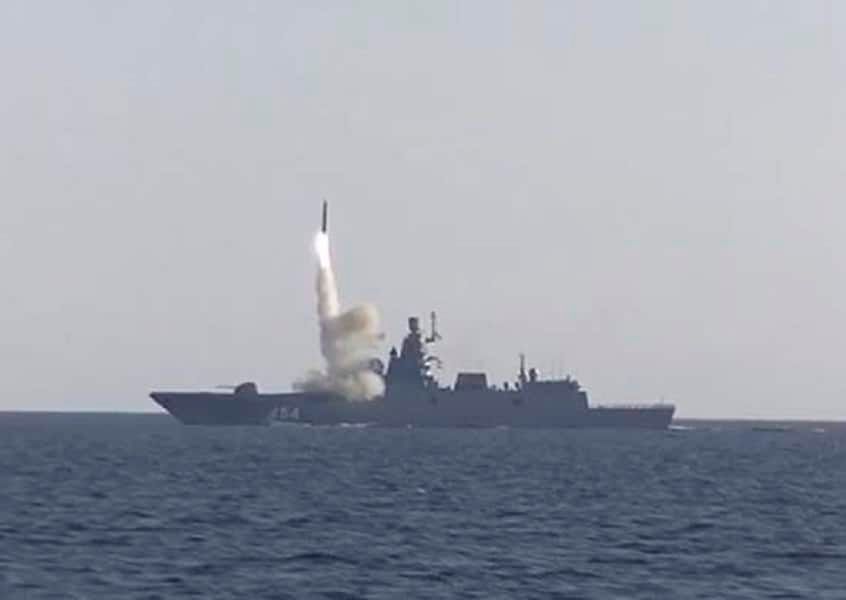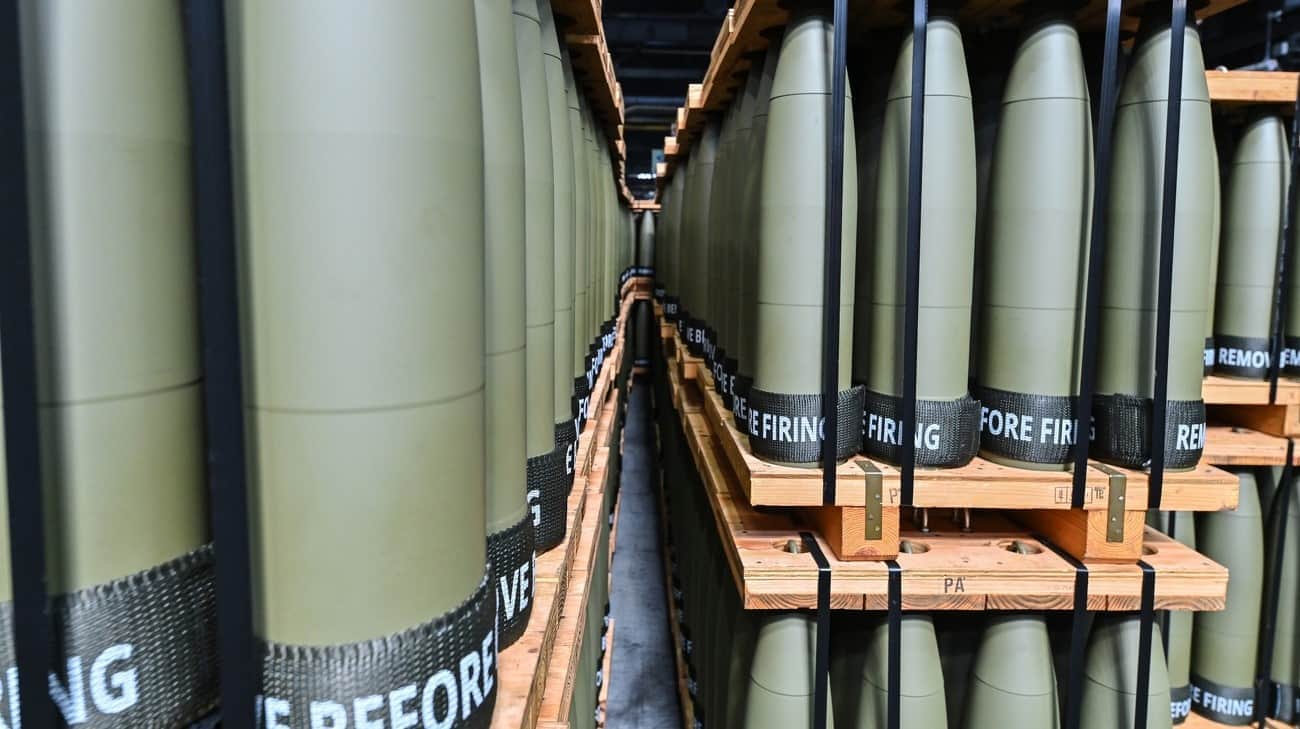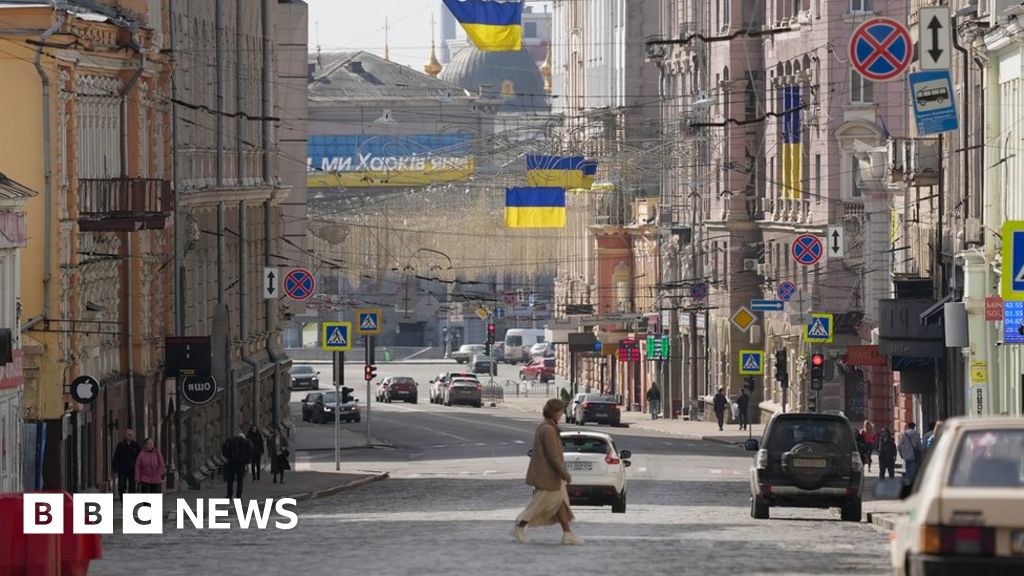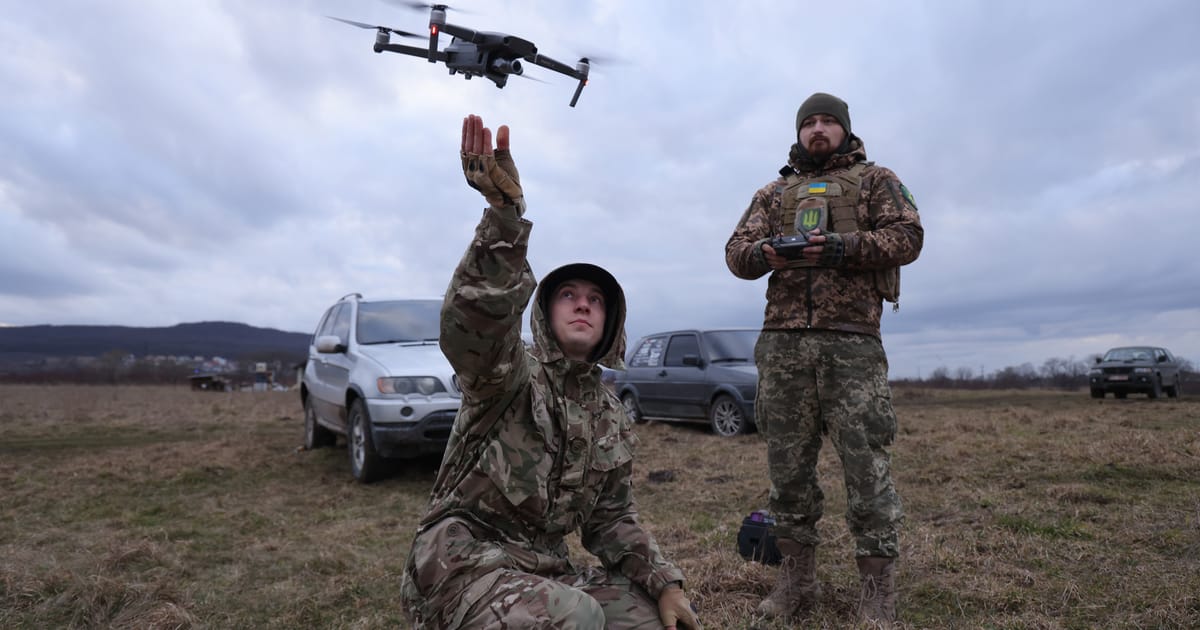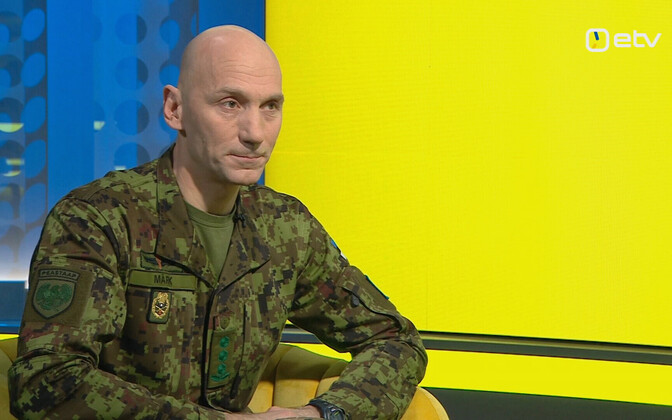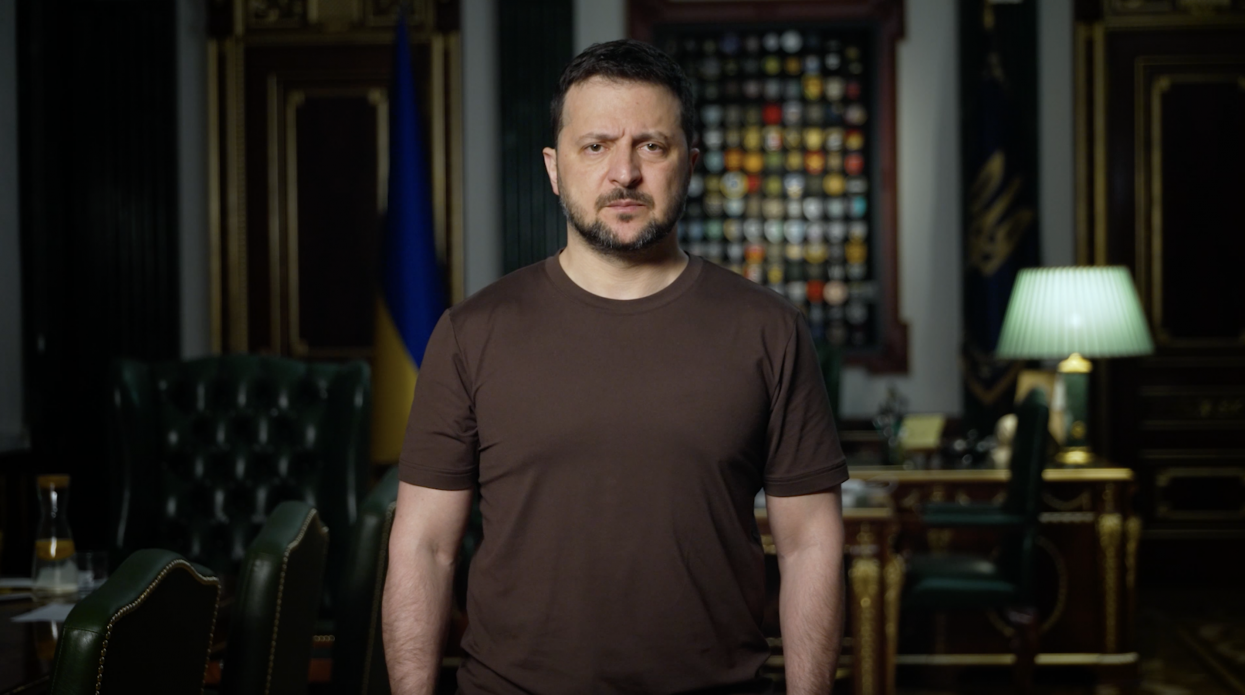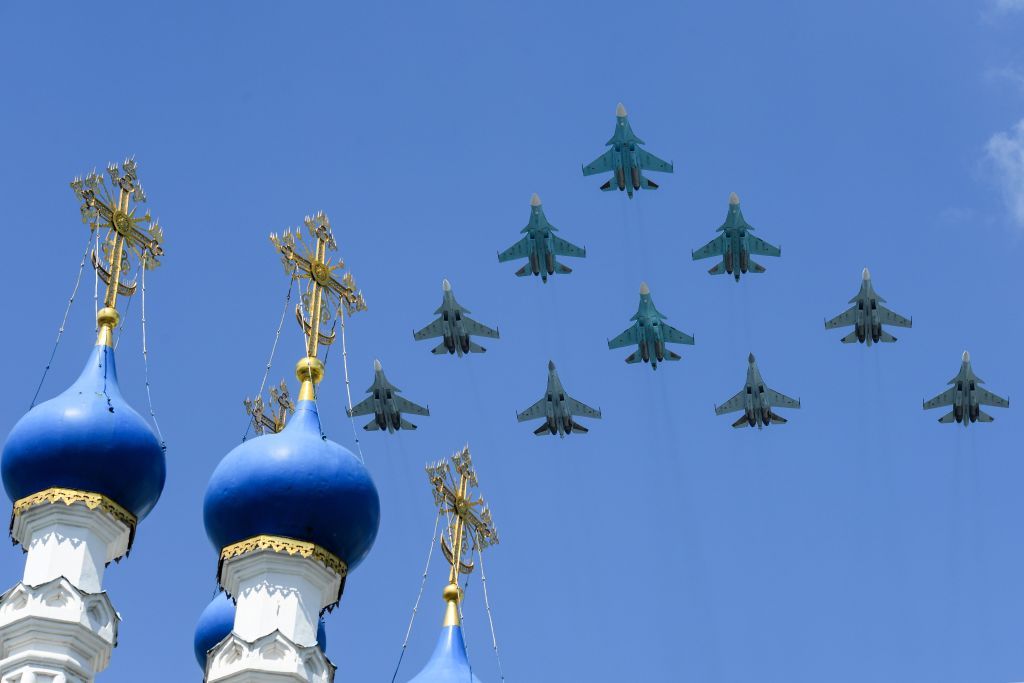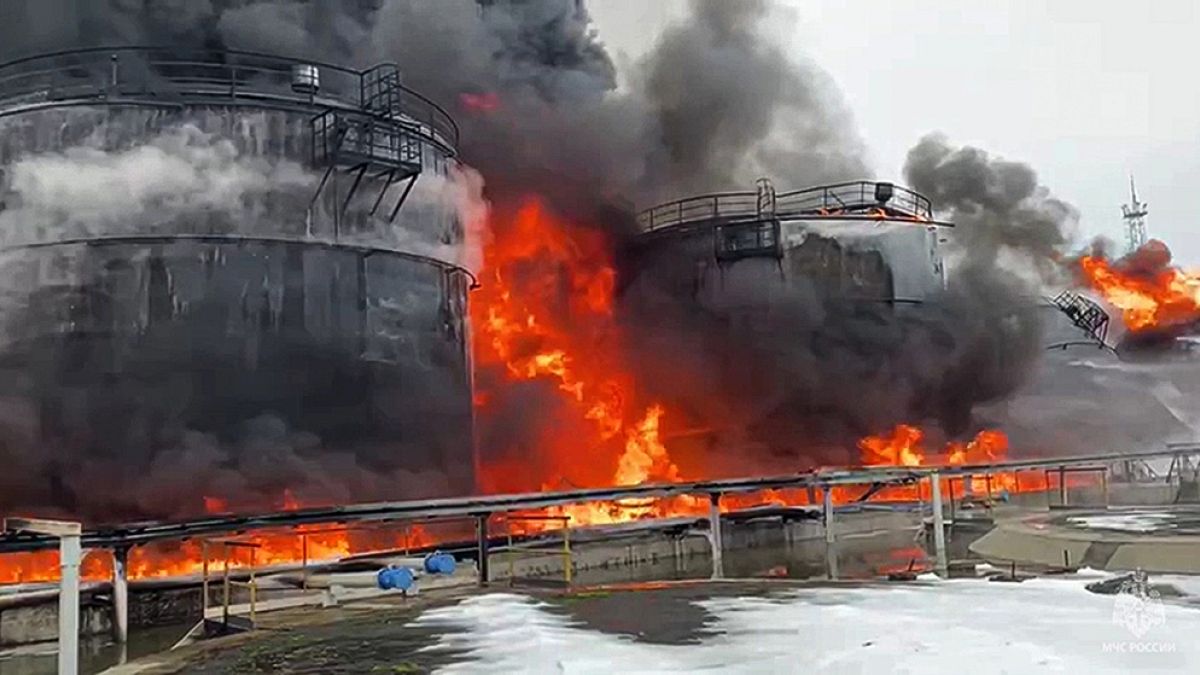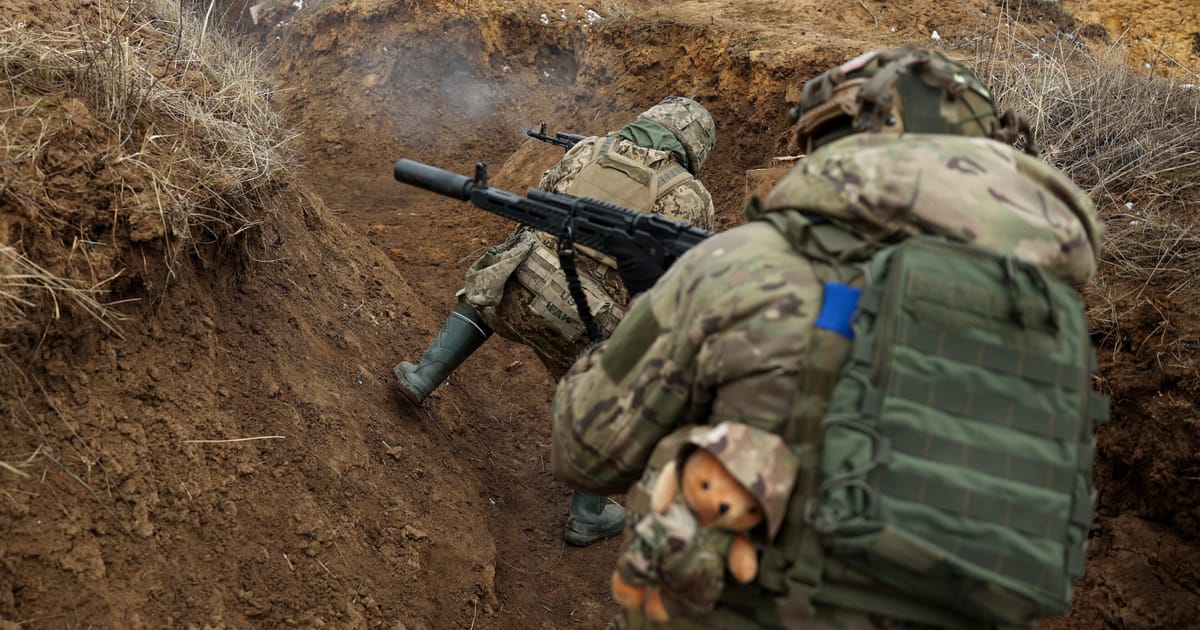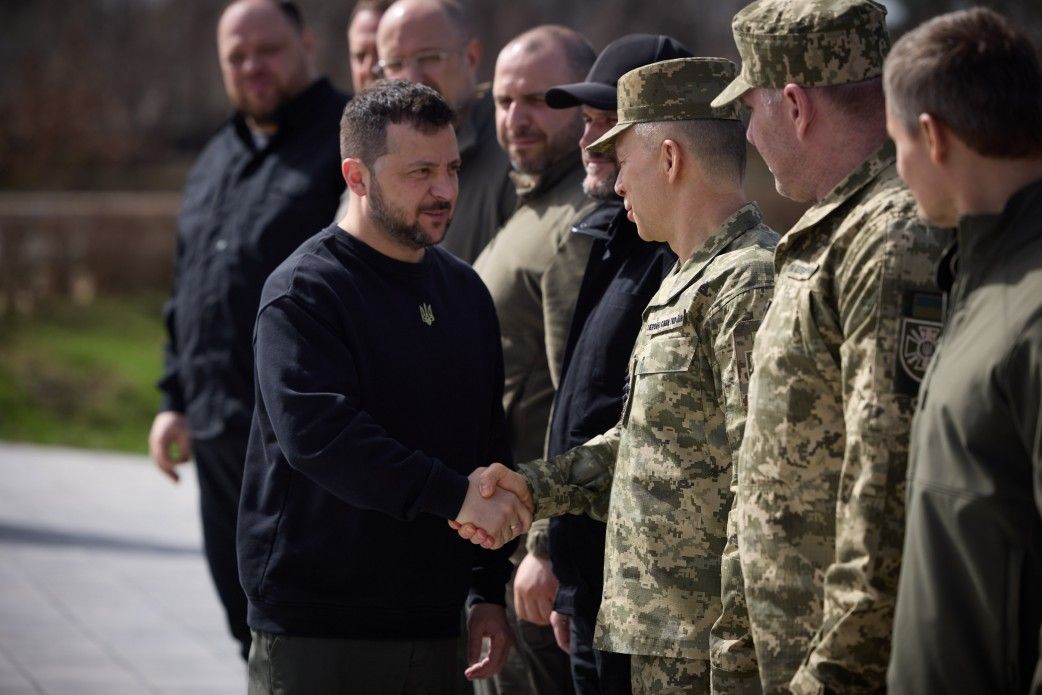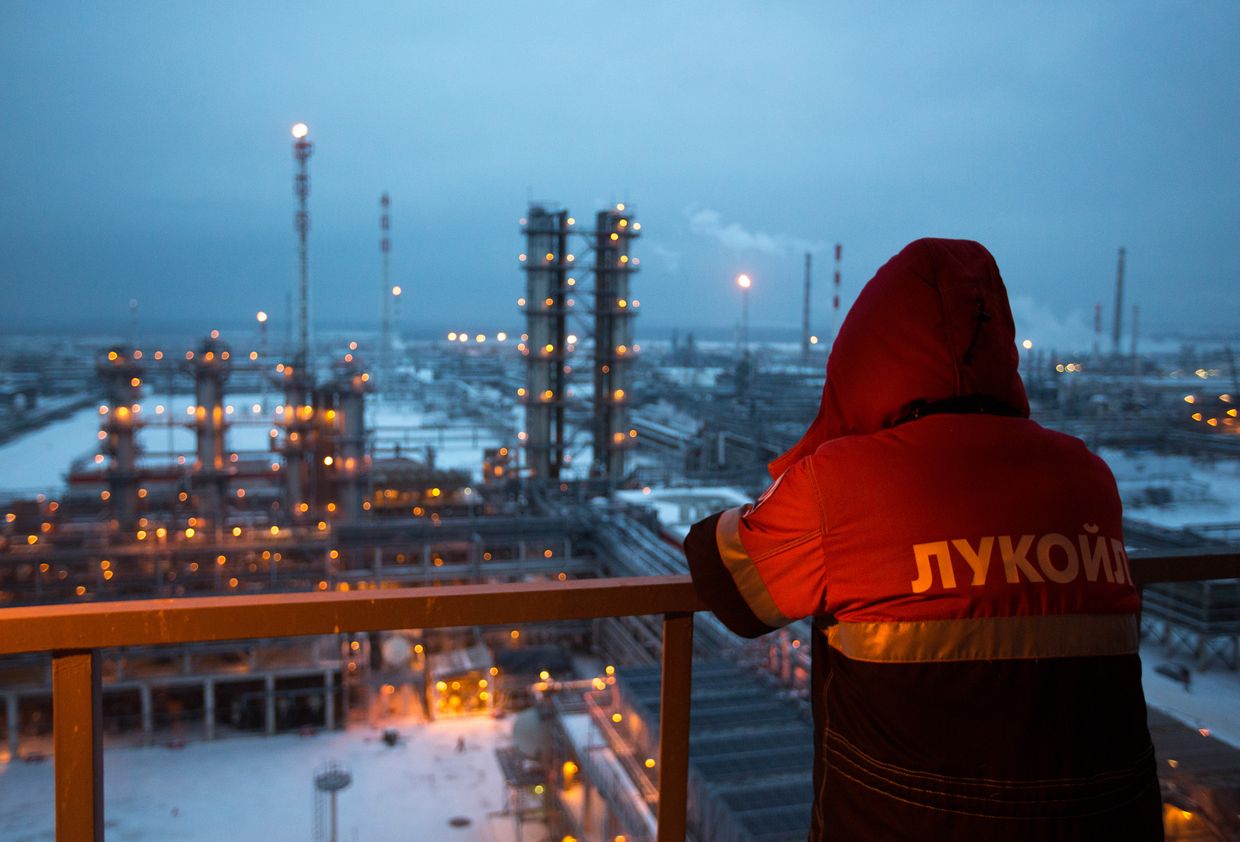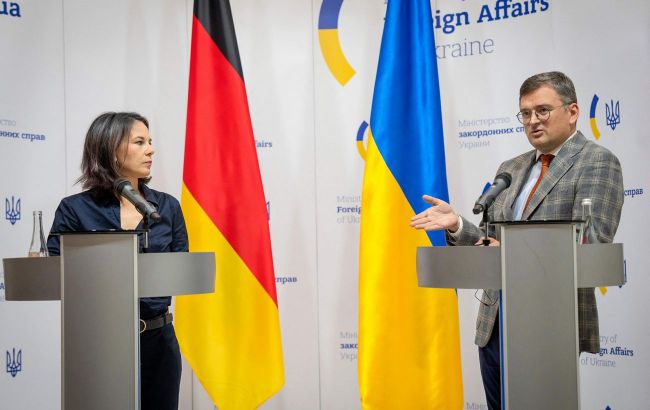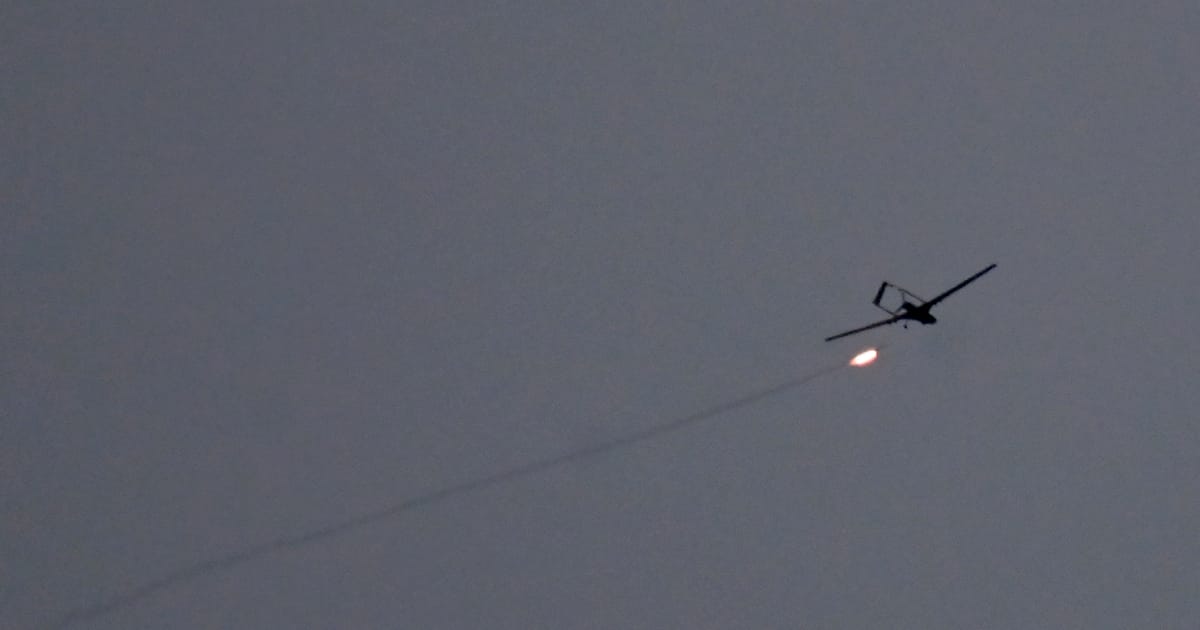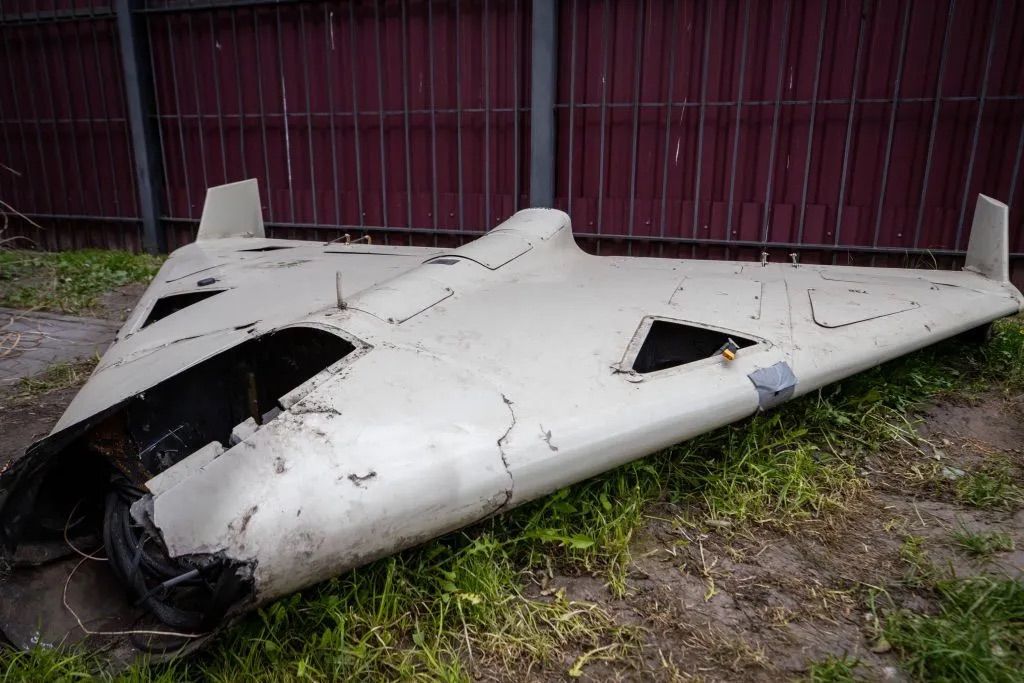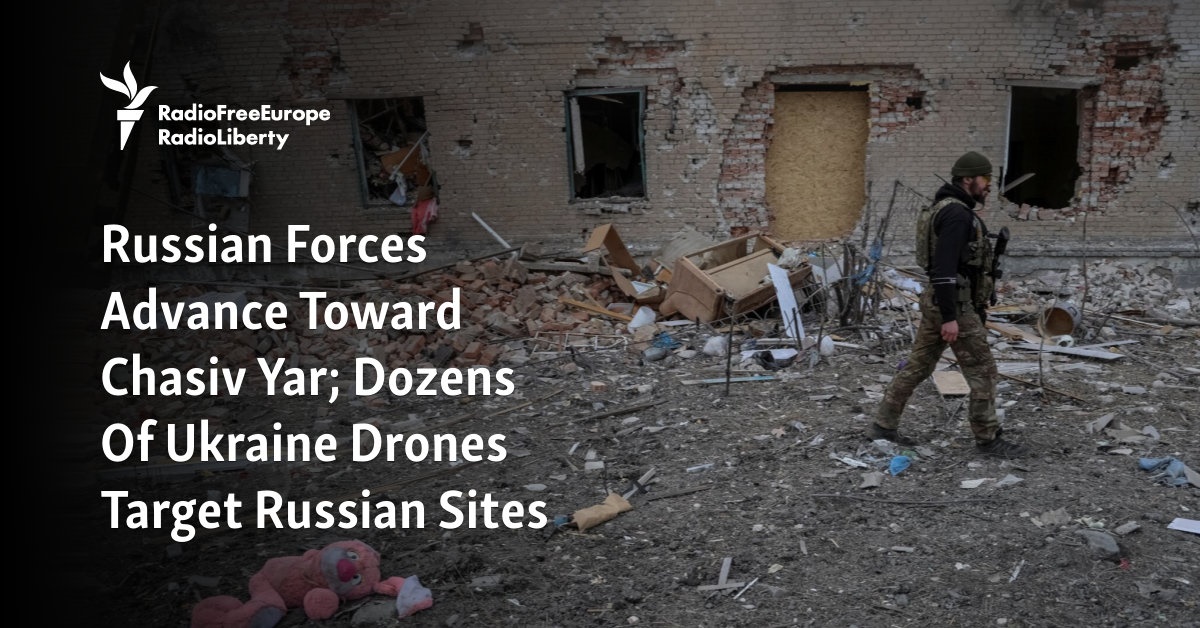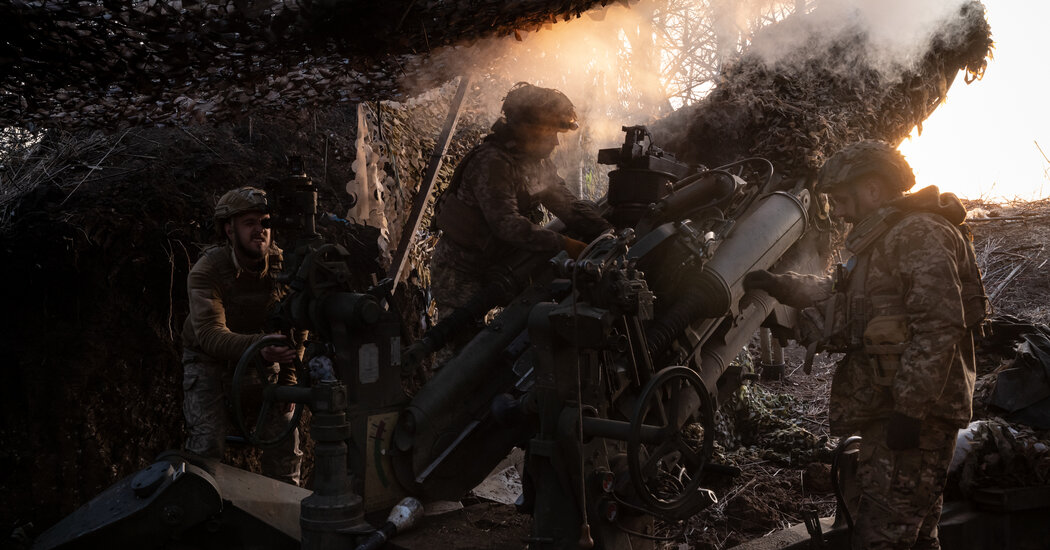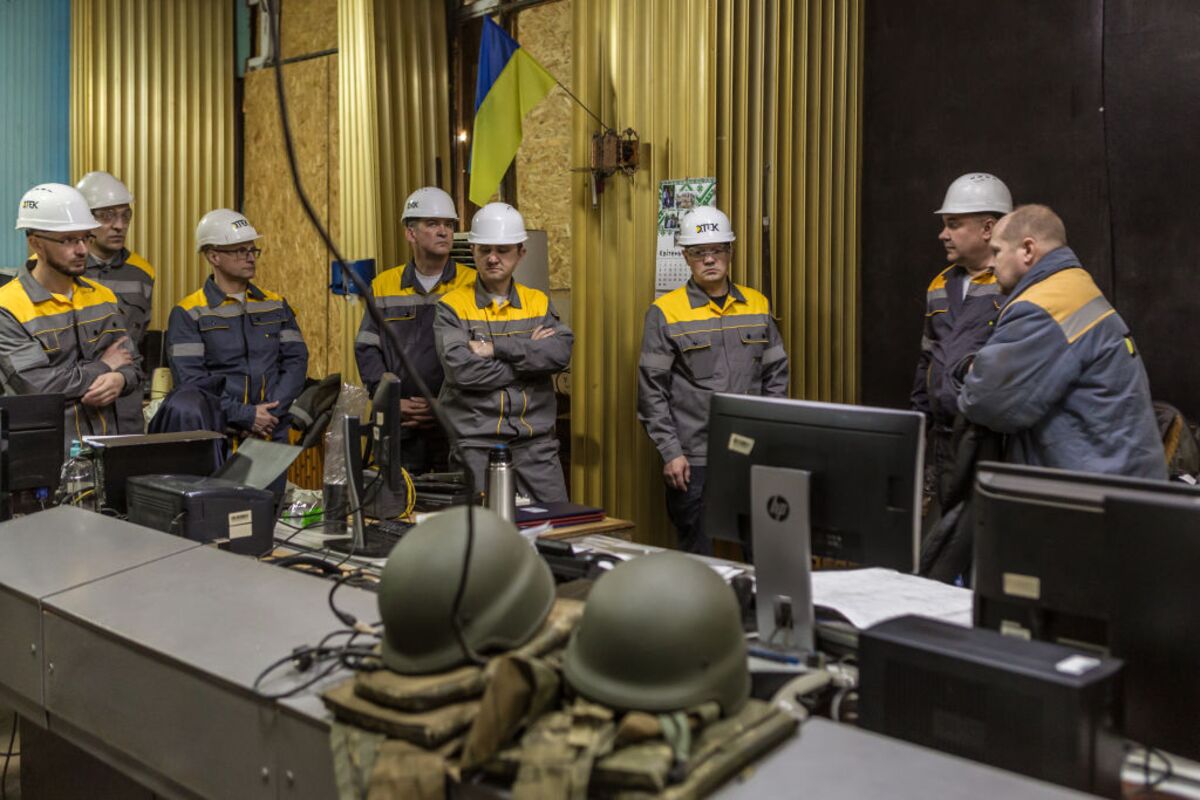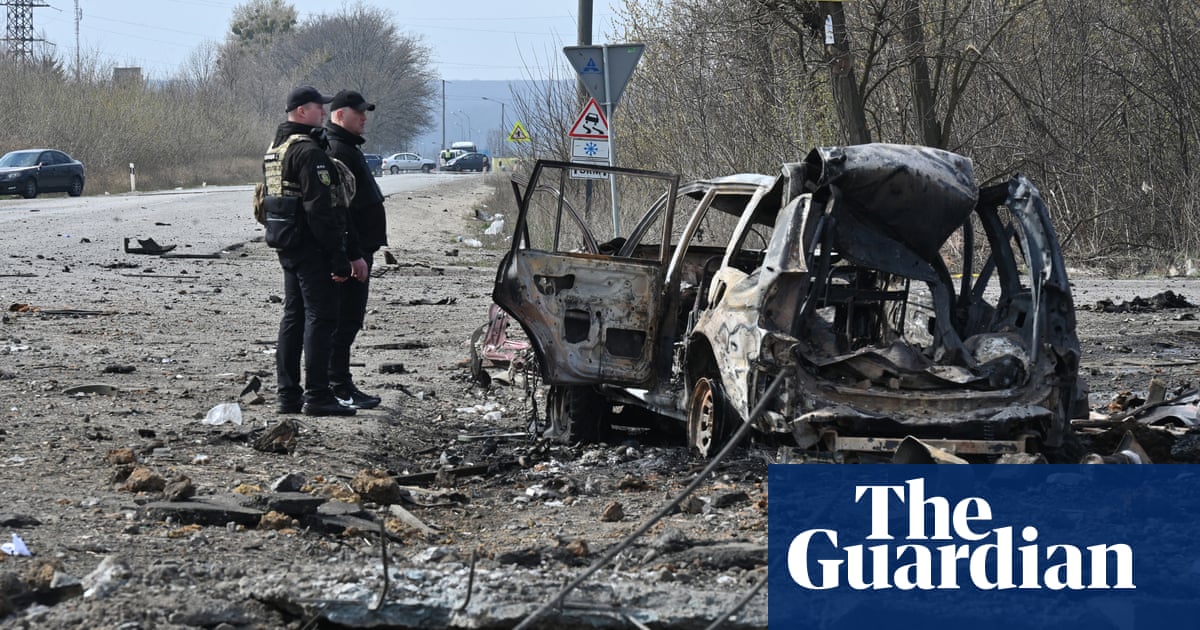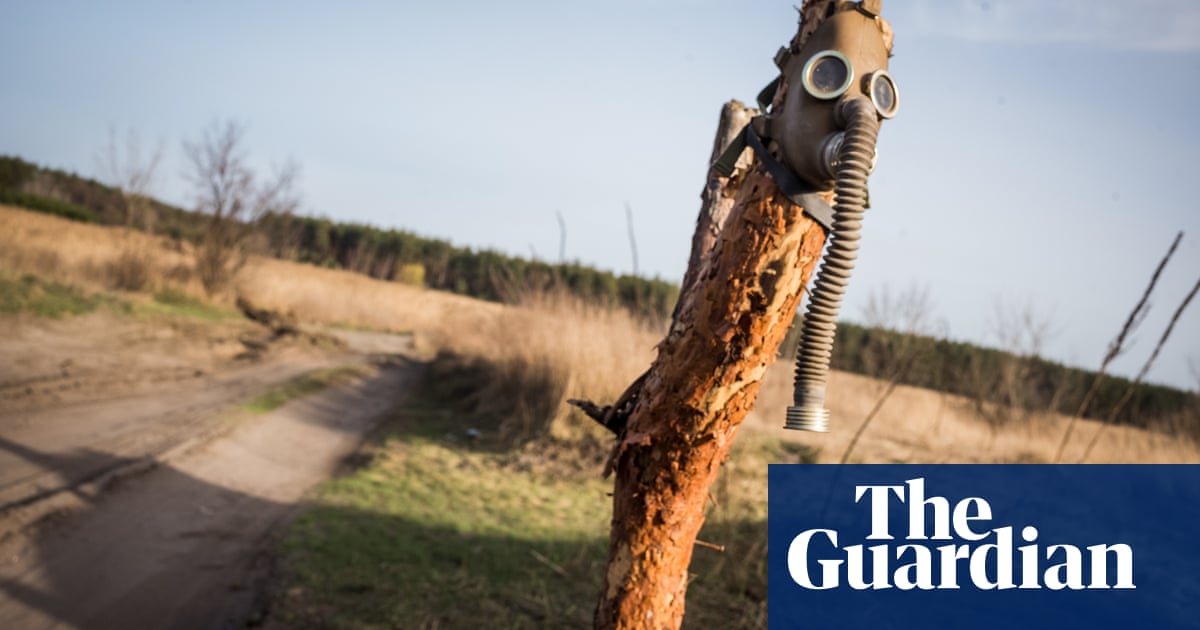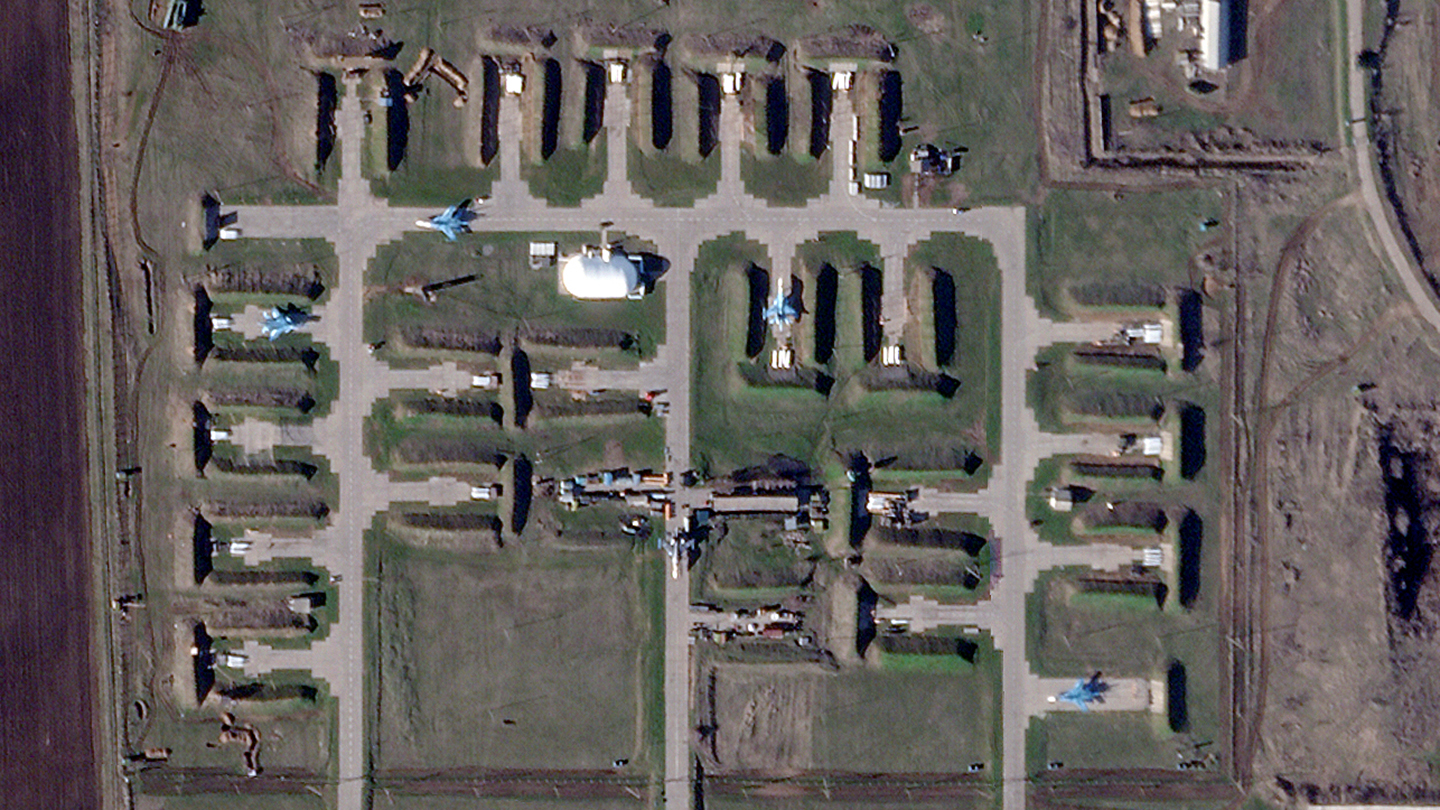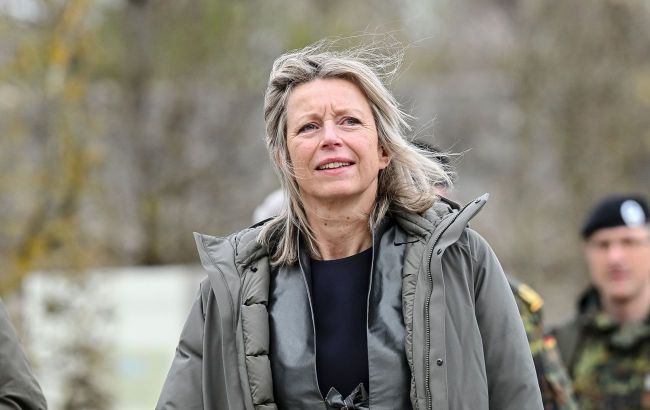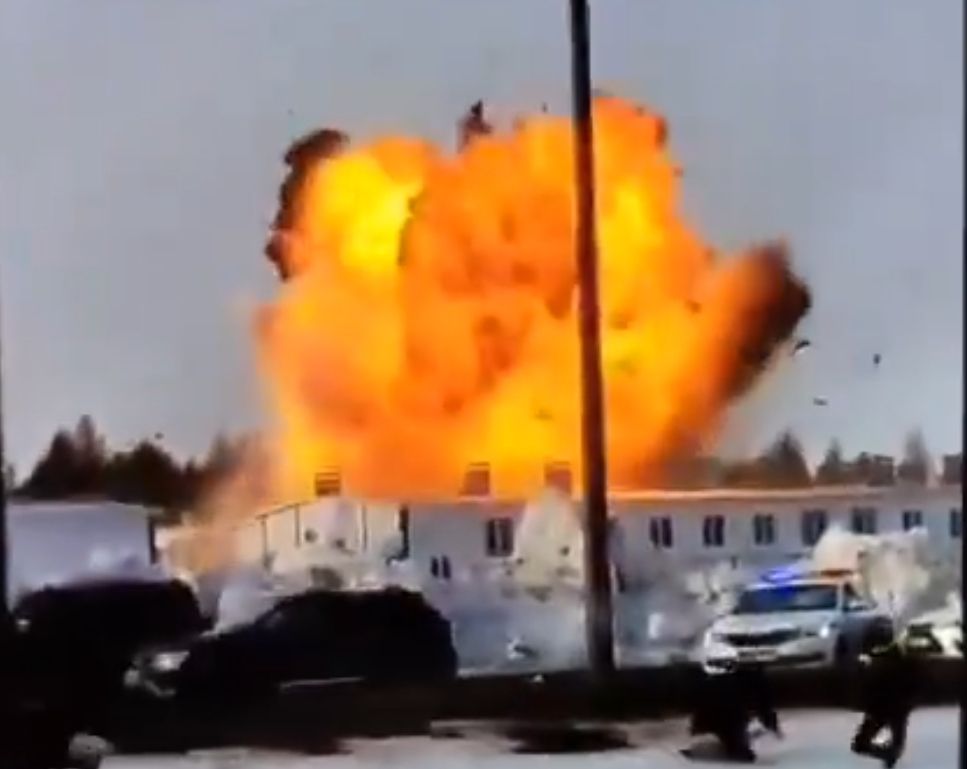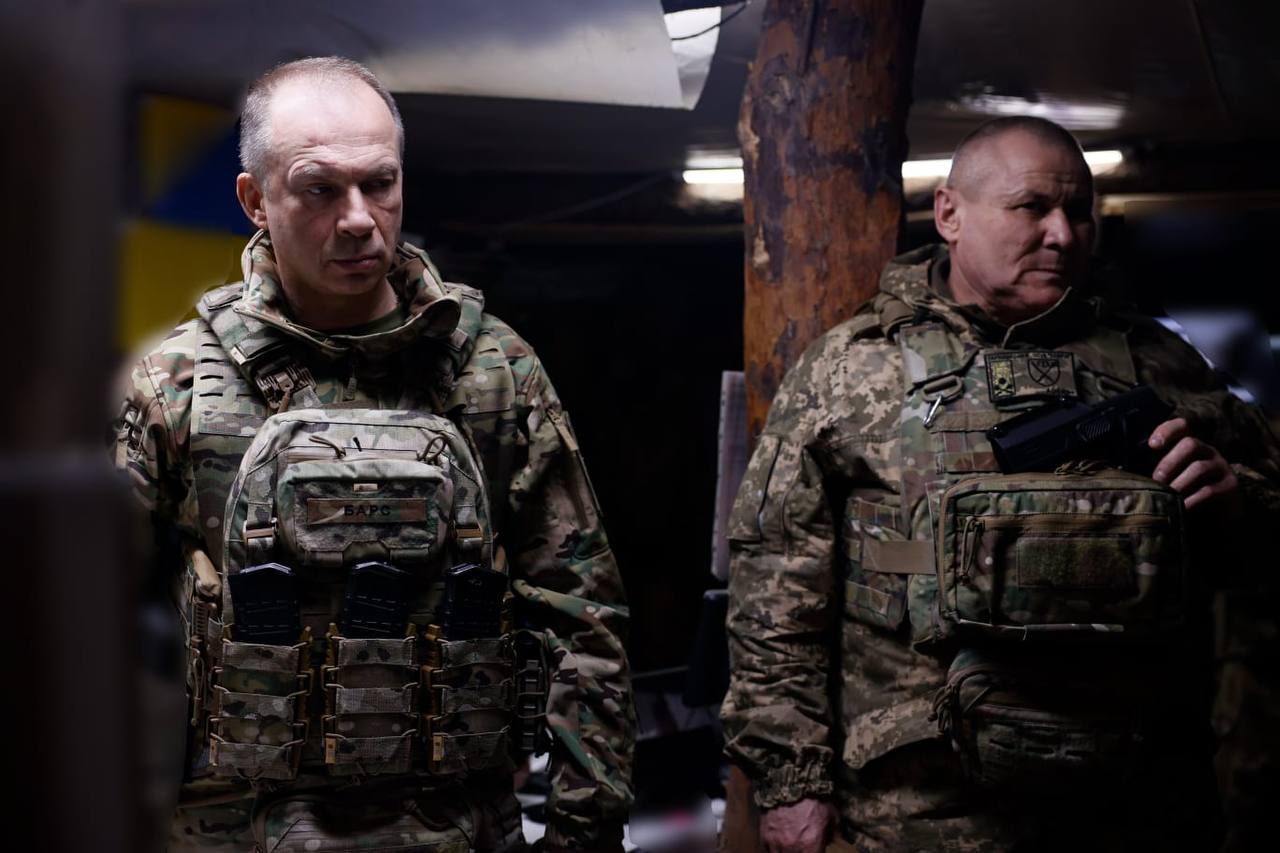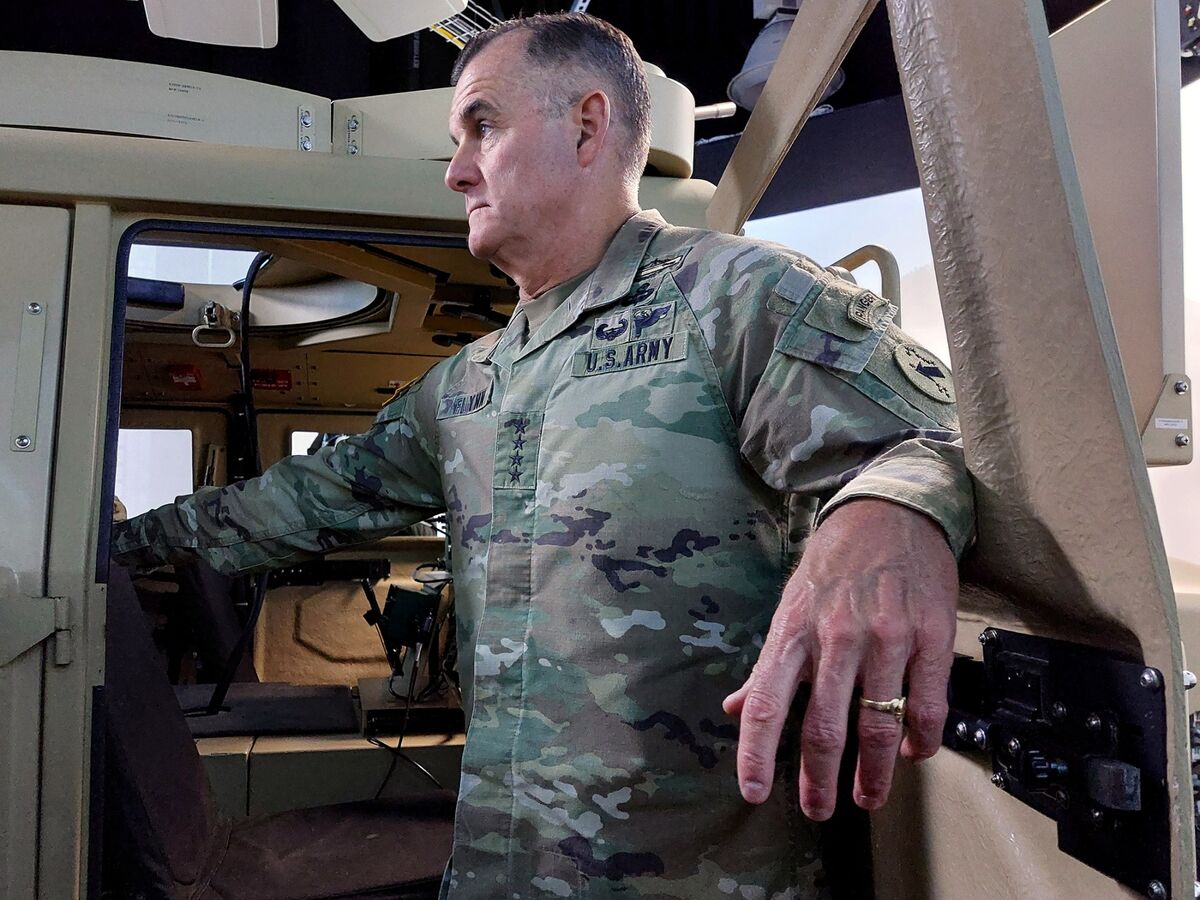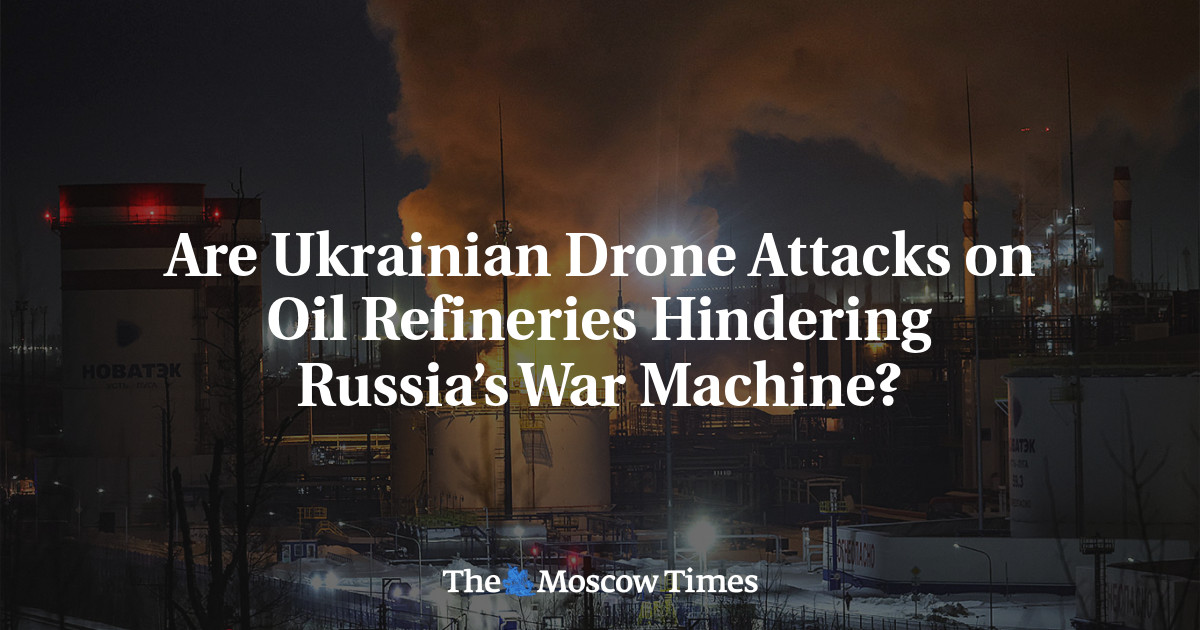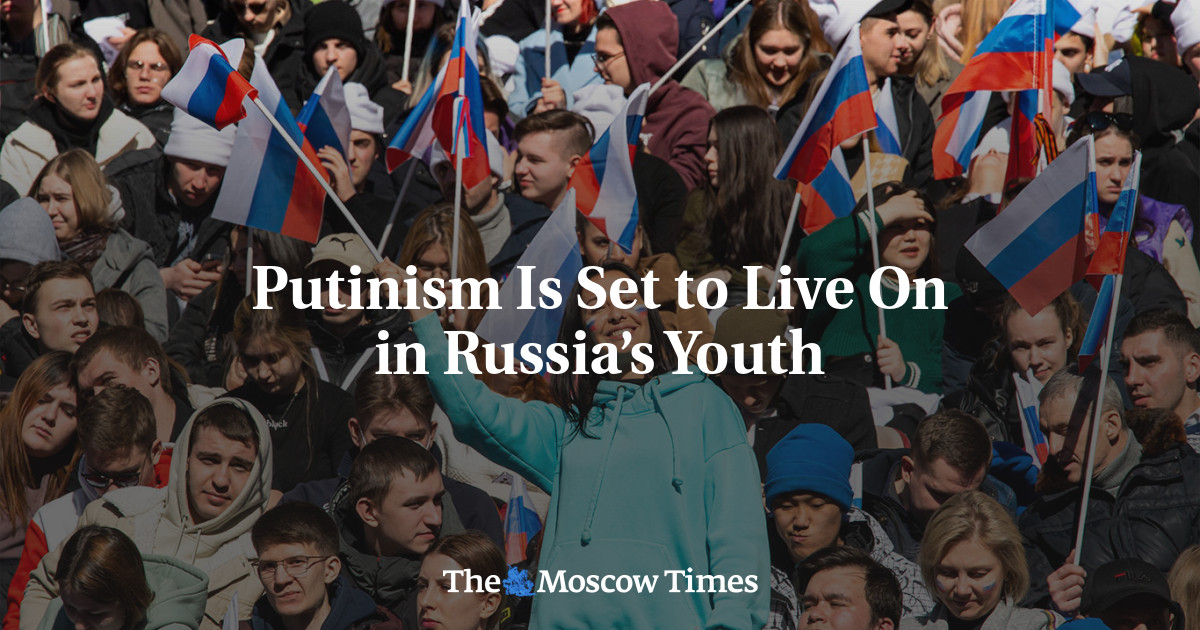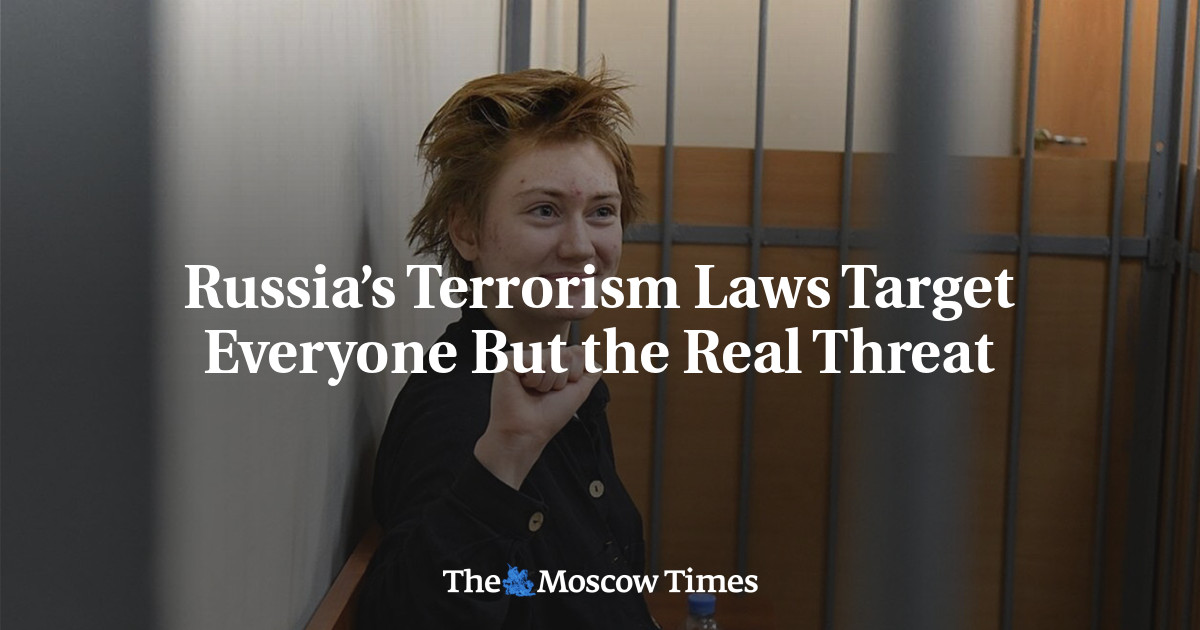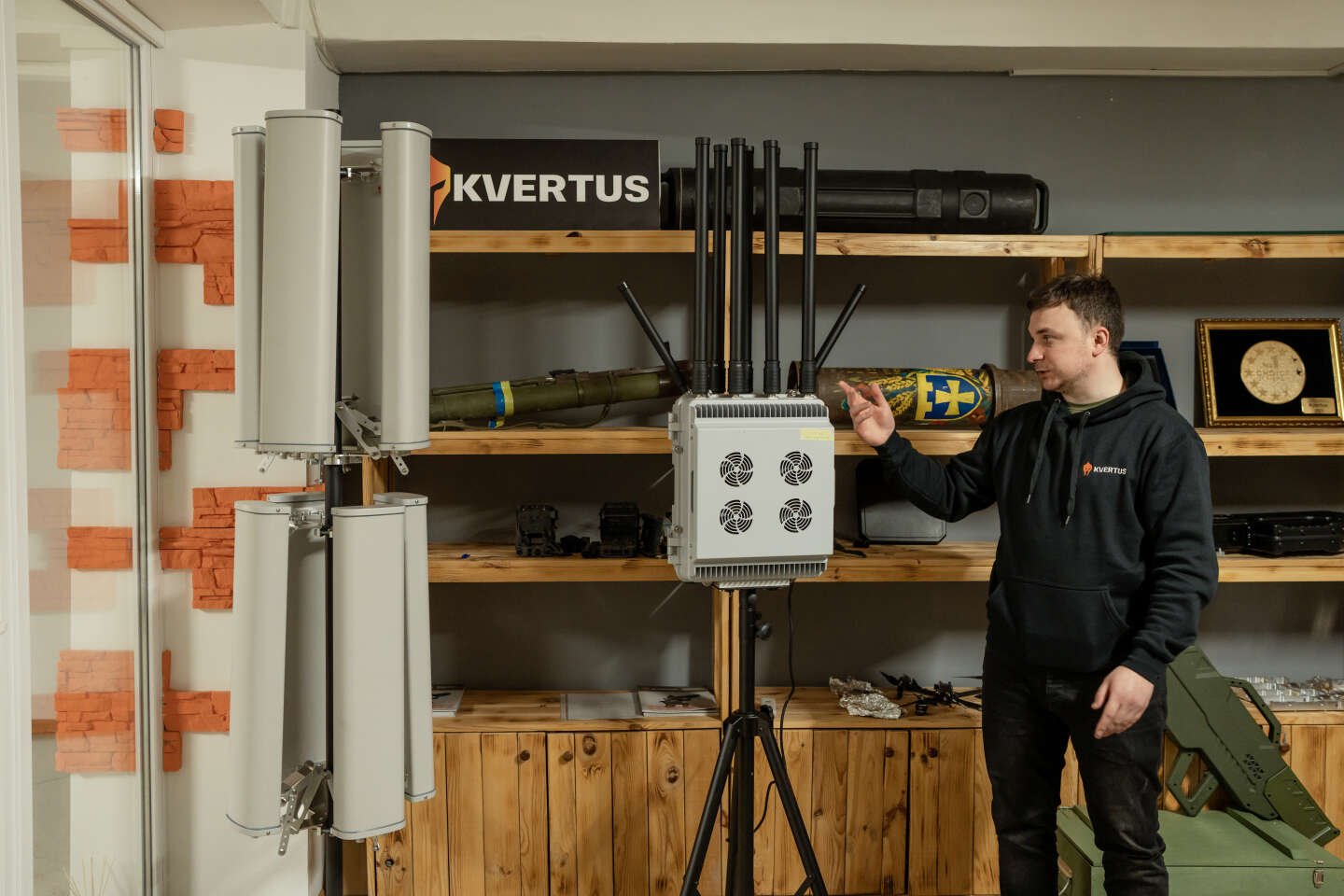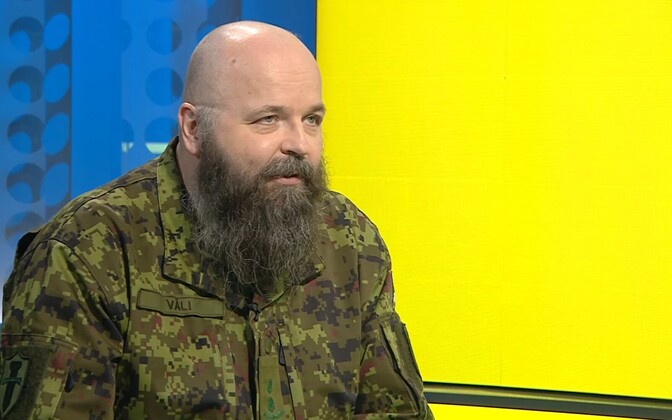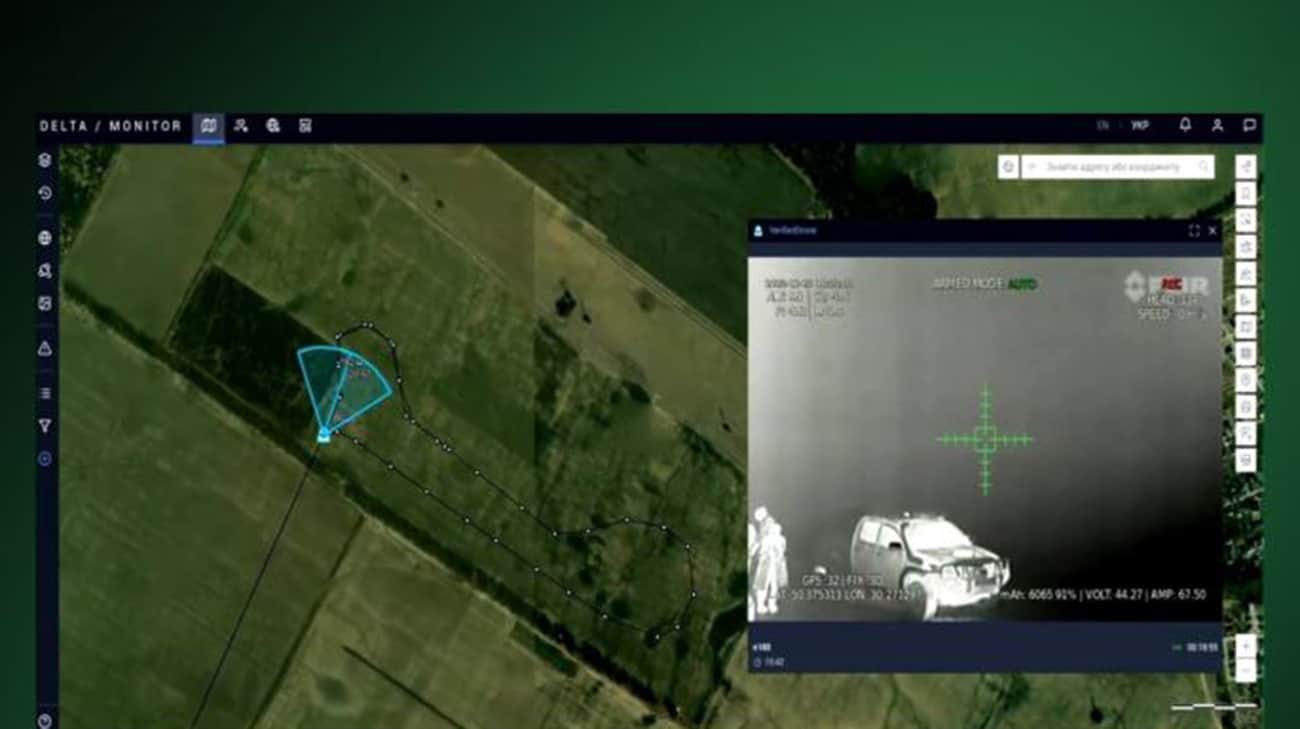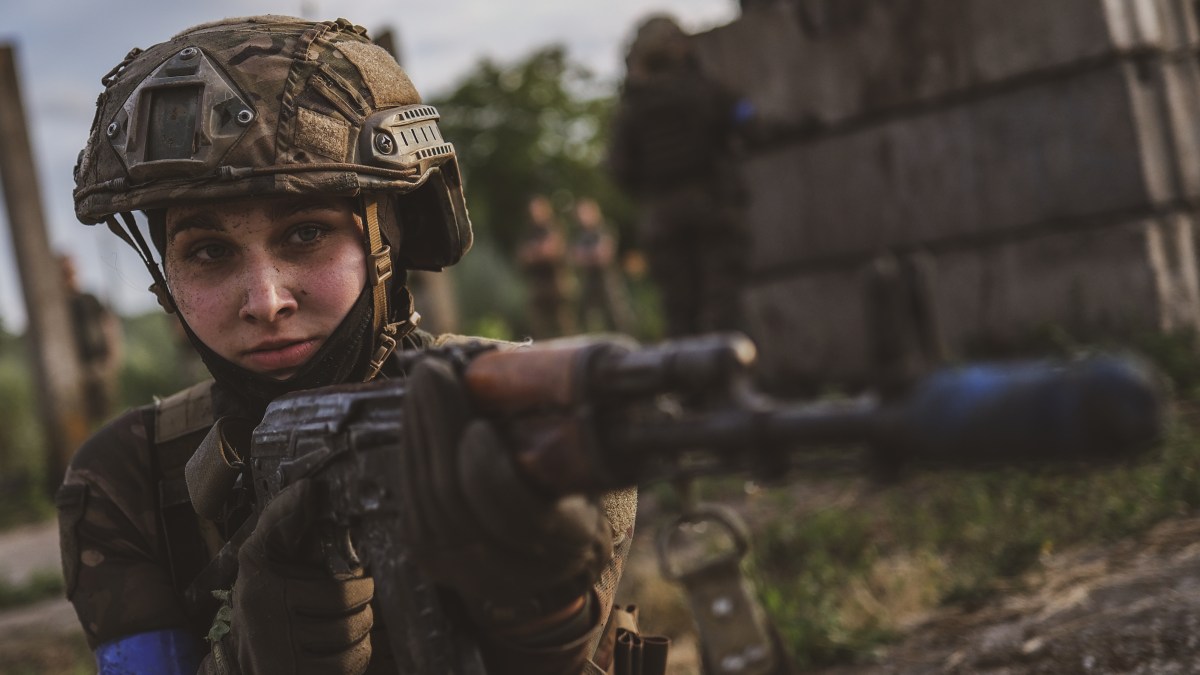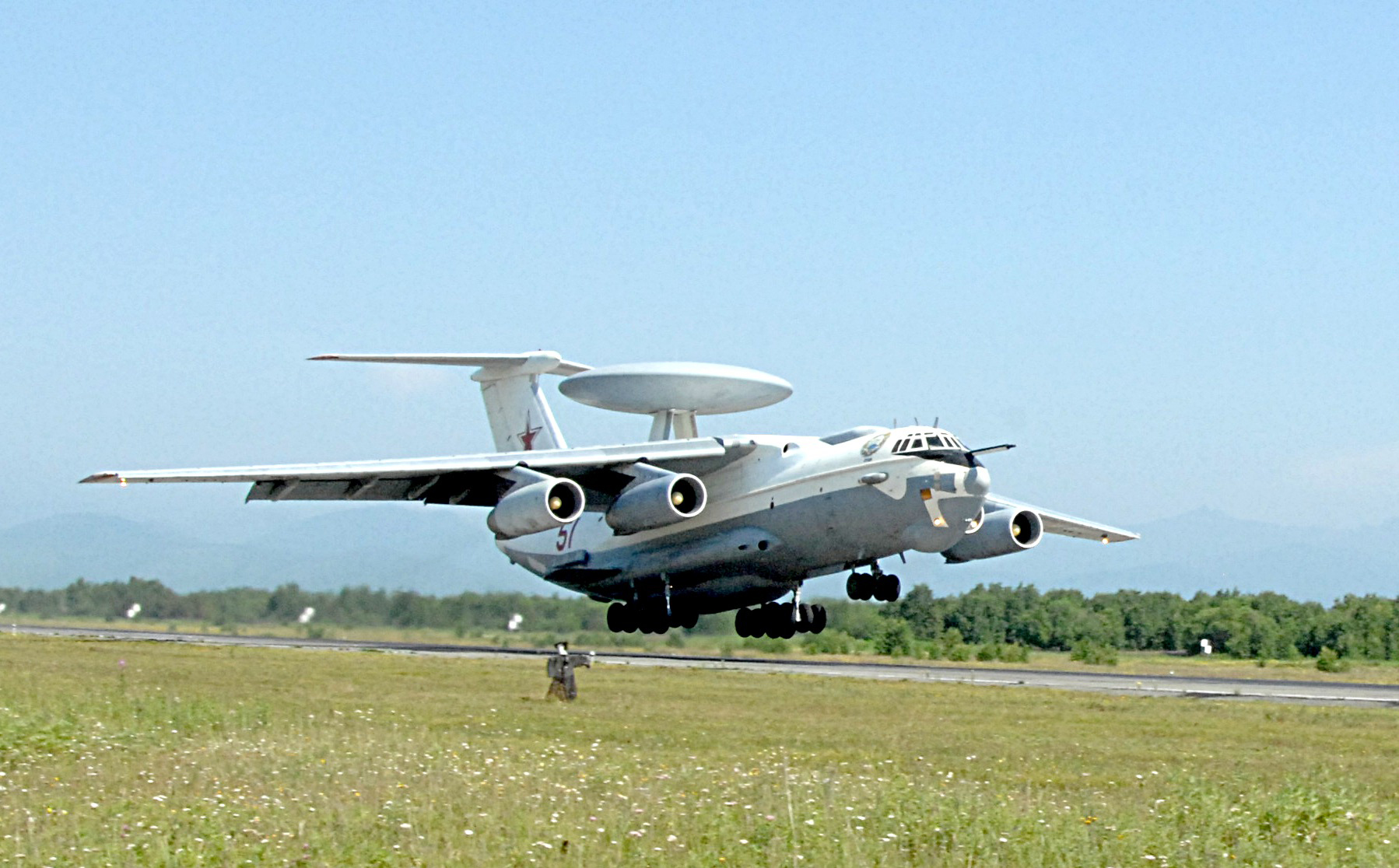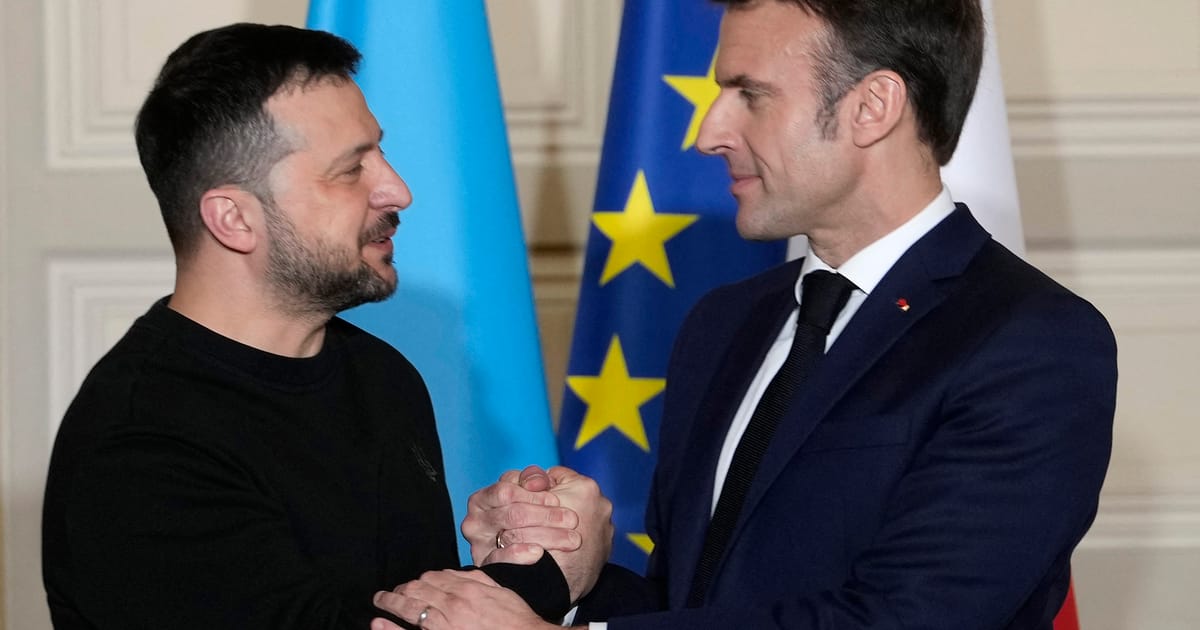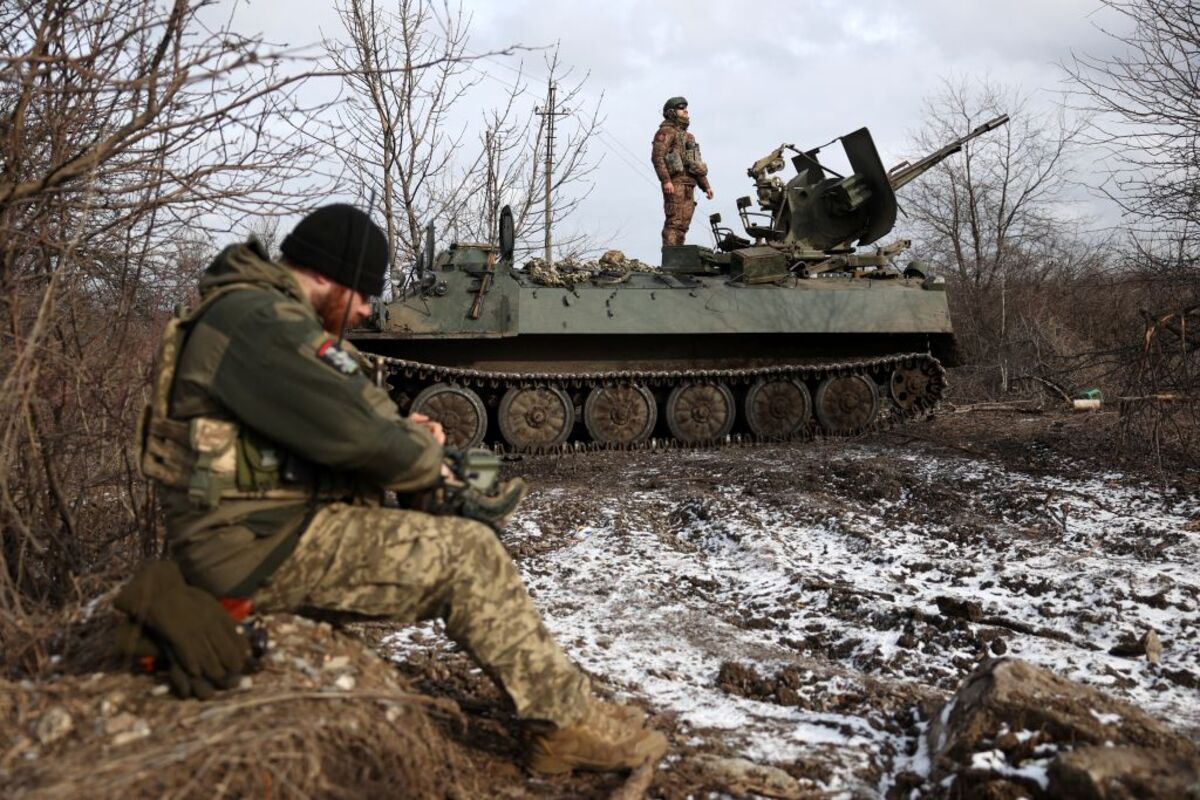Don't Toews Me
Footballguy
Massive Russian missile and drone attacks hit thermal and hydro power plants in central and western Ukraine overnight, officials said on Friday, in the latest barrage targeting the country's already damaged power infrastructure.
Kaniv hydropower plant was among the targets along with Dnister plant, which is located on the Dnister River, flowing through neighbouring Moldova, President Volodymyr Zelenskiy said.
A senior official at the Centrenergo generating company reported that the 10-unit Zmiivska thermal plant in northeastern Kharkiv region, an area subject to many Russian attacks, had been destroyed in a big wave of strikes on March 22.
"The consequences were destructive, the station is destroyed," Andriy Hota, chairman of the company's supervisory board told Interfax Ukraine news agency.
"There were many direct hits. Everything we repaired in preparation for the winter was destroyed."
The wave of attacks on March 22 was described by Kyiv officials as the most intense since the February 2022 invasion.
Regional officials said Russian forces had also attacked infrastructure overnight into Friday in the Kamianske district near the city of Dnipro. At least one person was wounded.
Ukrainian energy minister German Galushchenko said power facilities in the regions of Dnipropetrovsk, Poltava and Cherkasy had similarly come under attack.
"Electricity generation facilities were targeted by drones and missiles," Gelushchenko said on Facebook.

Zelenskyy fires senior aide in continuing reshuffle
Ukrainian president also dismisses three advisers and two other officials.
Ukrainian President Volodymyr Zelenskyy dismissed a longtime aide and several advisers on Saturday in a continuing reshuffle of the top ranks in Kyiv.
Zelenskyy dismissed top aide Serhiy Shefir from his post of first assistant, where he had served since 2019, according to a brief statement issued on Saturday. The Ukrainian president also let go three advisers, as well as two presidential representatives overseeing volunteer activities and soldiers’ rights, according to media reports.
No explanation was given for the latest changes in a wide-reaching personnel shakeup over recent months. Saturday’s moves follow the dismissal on Tuesday of Oleksii Danilov, who served as secretary of the National Security and Defense Council. Danilov is being replaced by Oleksandr Lytvynenko, head of Ukraine’s foreign intelligence service.
Thread: https://twitter.com/vmorkevicius/status/1773802556998697160
The declaration by the World Russian People's Council (led by Patriarch Kirill of Moscow) that #Russia's invasion of #Ukraine is a "Holy War" is disturbing and deserves our attention. /1
The declaration is an order "addressed to the legislative and executive authorities of Russia."
An interesting note: the World Russian People's Council refers to Russian in ethnic terms, not the adjective used for the (multi-ethnic) Russian state. /2
The very first section of the declaration describes Russia's "Special Military Operation" as a "Holy War" (Священной войной). /3
This claim is theologically problematic, as in Orthodox moral theology, there is no justification for war as a positive project (although it may at times be necessary). War cannot be sacred or holy. /4
The text of the declaration specifies broadly the aims of this "Holy War": "Russia and its people, defending the single spiritual space of Holy Rus'... protecting the world from the onslaught of globalism and the victory of the West, which has fallen into Satanism." /5
This framing of the West as "Satanic" is not new-- it's been part of #Putin's rhetoric against #Ukraine from the beginning.
When rhetoric dehumanizes the other as "evil," as nonhuman "animals), war crimes follow. /6
The declaration lists specific war aims. These do not leave room for an Ukraine with any kind of political sovereignty at all.
These are not the sort of war aims that could serve as a reasonable platform for a negotiated peace. /7
The text also implies a foreign policy perspective that could lead to future wars of conquest, claiming that the borders of the Russian Federation do not align with the entirety of the Russian world, and that the "restoration of the unity of the Russian people" is essential. /8
This expansionist world view is made quite clear in the section on "Foreign Policy."
(The idea of the "trinity" of the Russian people is ahistorical nonsense, by the way.)
/9
And if you're wondering if it's accidental that there's overlap between Putin's agenda and the rhetoric and claims of some groups on the American and European right: you can stop now.
The declaration courts "foreigners who defend traditional values." /10
1/4
Bloomberg: "Russia’s central bank said it has no better options than the Chinese yuan for its reserves after two years of the Kremlin’s war on Ukraine and the subsequent seizure of its international assets. As of March 22, Russia’s...
2/4
international reserves stood at $590.1 billion, having decreased by about $40 billion over two years of the war, according to data from the central bank."
The numbers aren't huge, but they nonetheless pose an interesting dilemma for Beijing.
3/4
Either Russian capital inflows into China must be balanced by a contraction in China's trade surplus, driven either by a stronger RMB or by domestic wealth effects, or, if Beijing wants to avoid that, it must result in more acquisition of foreign reserves or shadow reserves.
4/4
In the latter case, this mostly means that the PBoC will directly or indirectly acquire USD, in which case the Russian central bank is transferring a part of what would have been USD reserve acquisition to China. Less Russian exposure to USD means more Chinese exposure.



